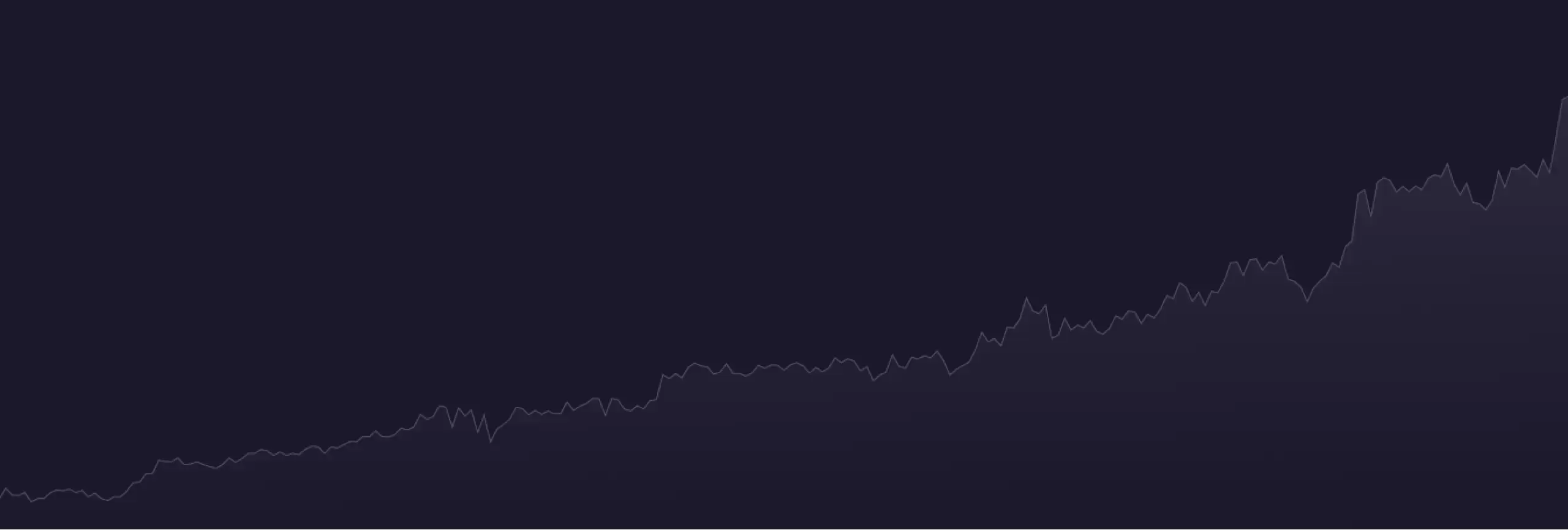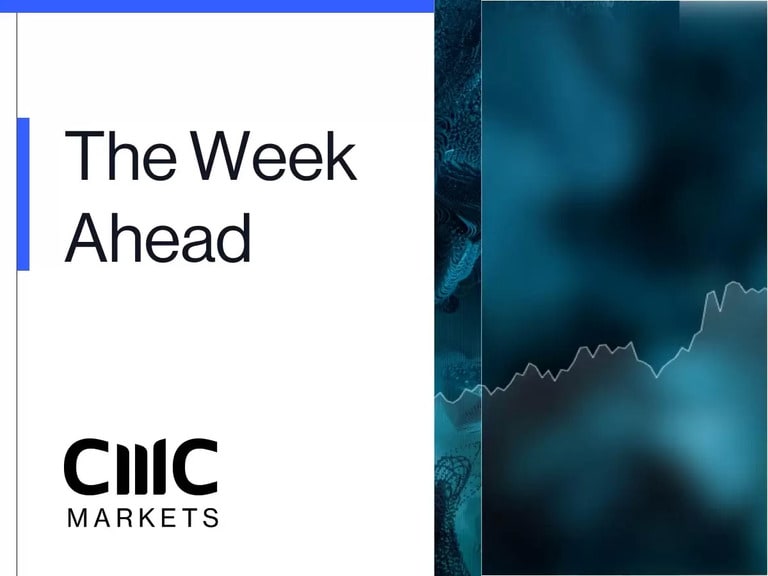
While we saw more record highs for the S&P 500 and Nasdaq yesterday, the gains weren’t sustained as stocks slipped back, despite very strong earnings announcements from JPMorgan Chase, Goldman Sachs and Pepsico.
European markets also had an underwhelming session, finishing the day broadly unchanged with markets uncertain whether to stick or twist after seeing record highs for the DAX and Stoxx 600 on Monday, and they look set to open lower this morning after a weaker Asia session. Today looks set to play out in a similar fashion, with inflation concerns set to remain in focus, even without this afternoon’s US PPI report, with the latest UK CPI numbers for June, also due out shortly. These have been going in the same direction as US CPI data, albeit from a slightly lower base, but nonetheless rising price pressures have also been being led by rising factory gate and commodity prices.
We’ve already seen evidence of higher prices, notably in terms of higher air fares and other transport costs, however these appear to be merely a symptom of normalisation from the big falls a year ago when the economy went into lockdown, and as such are unlikely to be repeated, which means they are probably transitory, a trend that appears to be being reflected in recent moves lower in UK gilt yields. Food prices more generally haven’t been showing much sign of upward pressure so far, which is probably the more important narrative. That’s not to say we won’t start to see sharp upward moves in headline CPI over the coming months, if what we are seeing in the US is any guide.
We’ve already started to see it in PPI, which has been trending higher since the end of last year when it was at 0.2% and in May hit 10.7%, and is expected to rise again to 11% in June. There is very clear evidence that this is translating into a leading indicator for CPI, pushing up to 2.1% in May, and above the Bank of England’s inflation target for the first time in nearly two years. Today’s June number is expected to see us move higher again to 2.2%, but it wouldn’t be a surprise to see a higher number towards 2.5%. Core CPI is expected to remain steady at 2%, but again this could also come in higher as well.
As indicated earlier, the first signs of a slowdown in inflationary pressure are likely to be seen in PPI, as companies start to see the prices they pay at the point of manufacture or delivery start to come down, as supply chain constraints ease. So far, we’ve seen little evidence of that, and if wages then start to take off, inflation expectations could then take off further.
The main story for yesterday was the strong US CPI report for June, which saw core prices hit their highest levels since 1991, and headline CPI its highest levels since 2008. Both numbers came in above expectations, which on the face of it shouldn’t have been surprising given the big jumps in the PPI report for May. Over the past few months, PPI has proved to be a leading indicator for subsequent CPI prints, and yesterday’s numbers were no different. The extent of the jump higher in core prices to 4.5% suggests that there might be something more than transitory pressures at play in the US economy, and even if the base effects are stripped out, there appears to be a rising concern that some of these price pressures might become more persistent.
Today’s US PPI numbers for June could well reinforce this trend, and carry over into the CPI numbers for July next month. We need to pay particular attention to core PPI which is expected to rise from 4.8% to 5.1%. A slowdown in price pressure here would be welcome news for the transitory camp, as it would help to support the Fed’s argument that a lot of these price rises are as a result of base effects. This is something that Fed chairman Jay Powell is likely to reinforce when he testifies to lawmakers later today.
Whether markets believe him or not is another matter, but there is plenty of evidence to support both the transitory argument, as well as the persistent argument, which probably helps explain the uncertainty in both bond and stock markets. US 10-year yields finished the day higher after a choppy session which saw them rise, then fall, and then rise again after a 30-year auction showed weak demand.
Forex and indices market snapshot
EUR/USD – slid back sharply yesterday pushing below last week’s low at 1.1780 and opening up the prospect of a retest of the March lows at 1.1712. A move below 1.1700 reopens the 1.1612 area.
GBP/USD – the failure at the 1.3920 this week has seen the pound slip back with support still at last week’s low at 1.3730, and wider support at 1.3670 and March and April lows. Above 1.3920 retargets the 1.4000 area.
EUR/GBP – slipped below the 0.8530 area, but haven’t exactly raced lower. Nonetheless it doesn’t change the fact that the bias remains for a move towards the 0.8480 area. Resistance remains back above the 0.8600 level.
USD/JPY – three days of gains since last week’s break lower from the peaks at 111.70 earlier this month. Support remains back at daily cloud support now at 109.50. The current rebound has resistance at the 110.70 area, and then at 111.20.
The FTSE 100 is expected to open 6 points lower at 7,119.
The DAX 30 is expected to open 30 points lower at 15,760.
The CAC 40 is expected to open 11 points lower at 6,547.
Disclaimer: CMC Markets is an execution-only service provider. The material (whether or not it states any opinions) is for general information purposes only, and does not take into account your personal circumstances or objectives. Nothing in this material is (or should be considered to be) financial, investment or other advice on which reliance should be placed. No opinion given in the material constitutes a recommendation by CMC Markets or the author that any particular investment, security, transaction or investment strategy is suitable for any specific person. The material has not been prepared in accordance with legal requirements designed to promote the independence of investment research. Although we are not specifically prevented from dealing before providing this material, we do not seek to take advantage of the material prior to its dissemination.






















